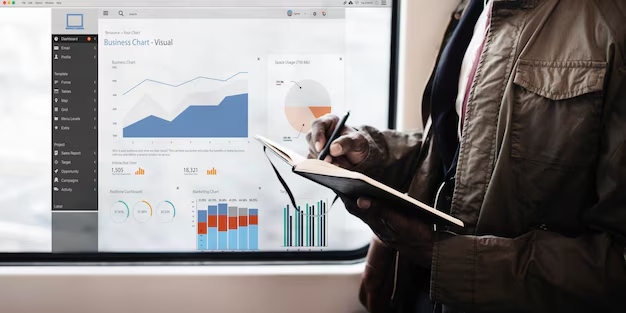Media Source Analytics: Understanding the Power of Data in Media

In today’s digital age, media consumption is more fragmented than ever, making it essential for businesses and content creators to leverage media source analytics. This data-driven approach allows organizations to track, measure, and optimize their media efforts across multiple platforms.
What is Media Source Analytics?
Media source analytics refers to the process of collecting and analyzing data from various media sources to evaluate performance and audience engagement. It helps businesses understand where their traffic originates, how users interact with their content, and which platforms yield the best return on investment (ROI).
Importance of Media Source Analytics
- Optimizing Marketing Strategies – By identifying the most effective media sources, businesses can allocate resources efficiently and improve campaign performance.
- Enhancing Audience Targeting – Understanding user demographics and behavior helps tailor content and advertisements to specific audience segments.
- Improving ROI – Companies can maximize their advertising budget by investing in media sources that generate the highest engagement and conversions.
- Real-Time Performance Tracking – With real-time data, marketers can make informed decisions, adjust campaigns, and mitigate inefficiencies.
- Competitive Advantage – Organizations that leverage media analytics gain insights that enable them to stay ahead of competitors.
Key Metrics in Media Source Analytics
- Traffic Sources – Determines whether traffic is coming from organic search, paid ads, social media, email campaigns, or direct visits.
- Engagement Metrics – Includes page views, session duration, bounce rates, and click-through rates (CTR) to gauge content effectiveness.
- Conversion Rates – Measures how many users take desired actions, such as signing up for a newsletter, making a purchase, or downloading an app.
- Customer Attribution – Identifies touchpoints that lead to conversions and assigns credit to specific media sources.
- Cost-Per-Acquisition (CPA) – Calculates the cost of acquiring a new customer through different media sources.
Tools for Media Source Analytics
Several platforms provide robust media analytics solutions, including:
- Google Analytics – Tracks website traffic and user interactions.
- Facebook Insights – Provides data on audience engagement and ad performance.
- HubSpot – Offers marketing and sales analytics.
- Adobe Analytics – Delivers advanced data visualization and insights.
- SEMrush & Ahrefs – Help analyze SEO and paid media performance.
Conclusion
Media source analytics is a powerful tool that enables businesses to make data-driven decisions, optimize their marketing strategies, and maximize their ROI. By leveraging the right metrics and tools, companies can gain a deeper understanding of their audience and create more effective, targeted content. As media landscapes continue to evolve, investing in analytics will be crucial for long-term success.


